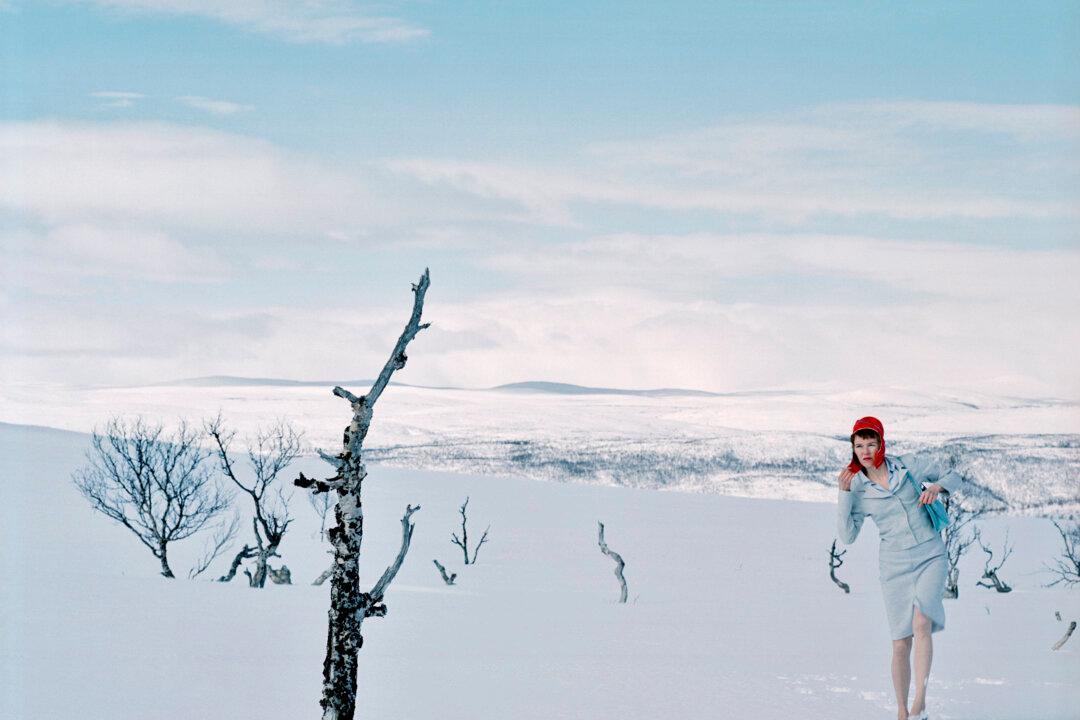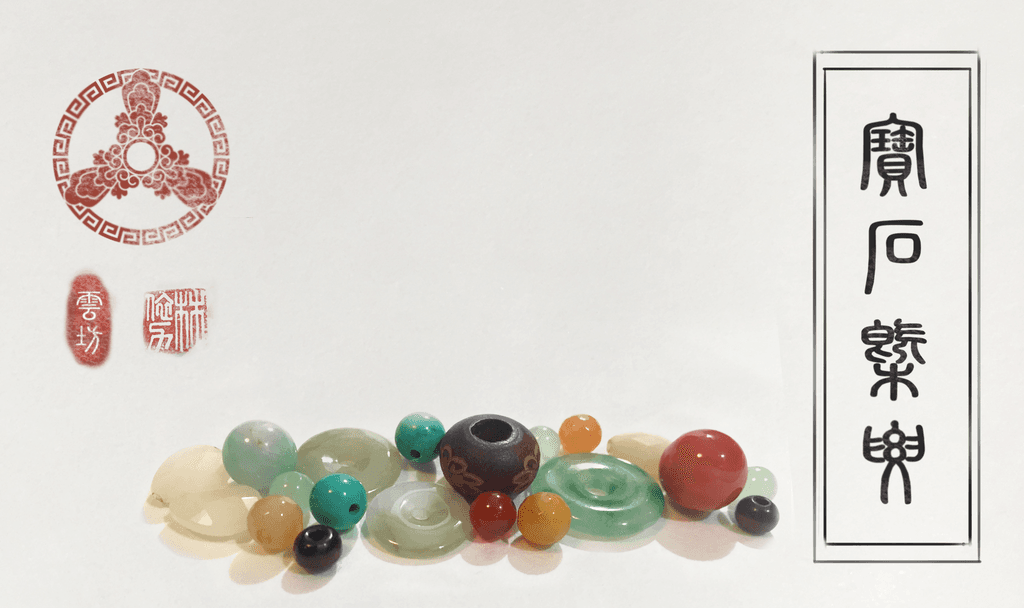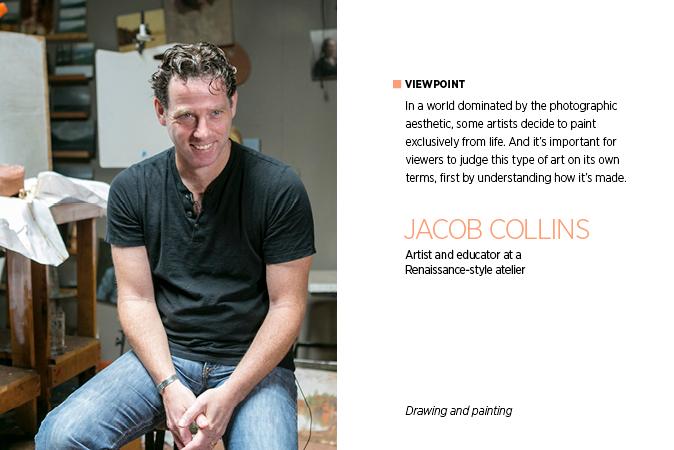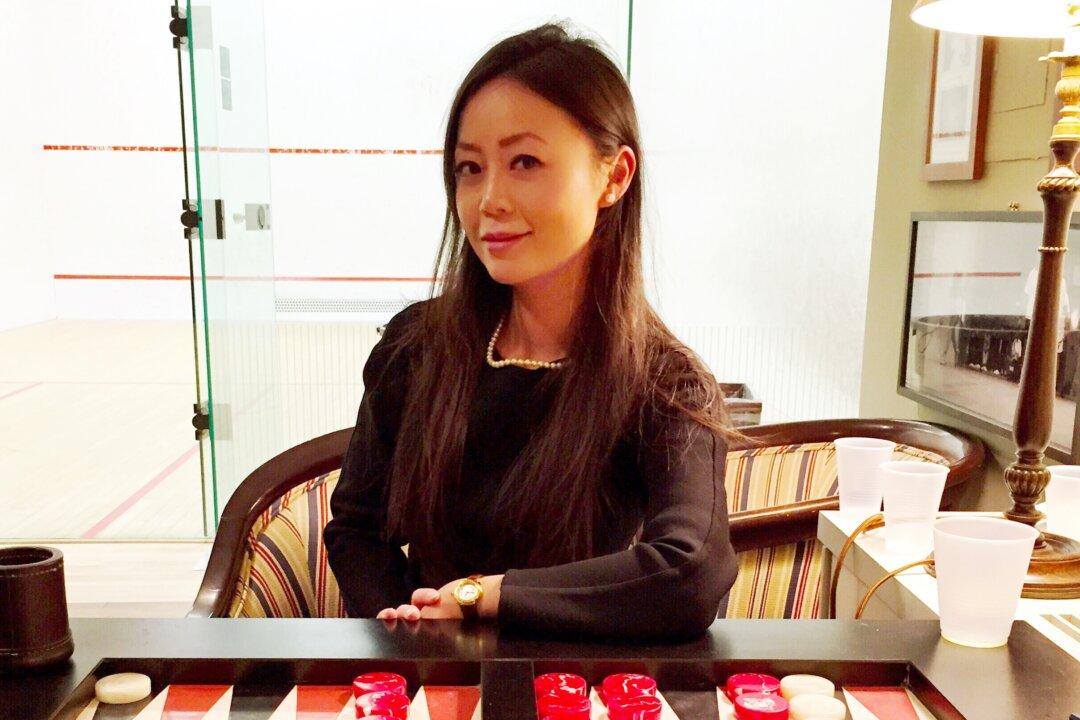NEW YORK—You’re either on the grid or off the grid—and as far as most national governments are concerned, it’s simply more convenient for everyone to live on the grid, trackable, and taxable. This is true everywhere: for nomads in mineral-rich Inner Mongolia; for tribes of the Brazilian Amazon, and it’s long been true for the Sami.
Sami are the indigenous people of northern Scandinavia. For at least 5,000 years they have lived off the land and seas of Norway, Sweden, Finland, and Russia’s Kola Peninsula, an area collectively called Sapmi, or the land of Sami.
Some Sami groups live permanently by the sea and fish. Others hunt, and tend reindeer and other livestock, moving their tents according to the needs of their animals. They speak nine mutually unintelligible languages and practice a form of polytheistic shamanism.
Since the spread of Christianity in the west, Sami and non-Sami have clashed. The Swedish government used incentives to lure its citizens to settle in Sami lands, and forcibly sterilized Sami women they deemed problematic. The Norwegian government launched a systematic effort to wipe out Sami culture, convert Sami to Christianity, and made it illegal to sing joiks, or Sami folk songs.
Most Americans are not aware that indigenous people in Scandinavia have experienced a history as dark and troubling as those in the United States.
An exhibition at Scandinavia House explores the history and identity of the Sami people through its visual arts from the 17th century to the present. It provides a broad introduction to the people and their culture but does not begin to explore the atrocities in Sami history and the challenges they currently face—among them the encroachment of mining companies, climate change, and a world still largely blind to their existence.
The exhibition is curated by Charis Gullickson and Marit Anne Hauan and organized by the Tromso University Museum, Northern Norway Art Museum, and The American-Scandinavian Foundation.
Shifting Identities
Reindeer herders, though historically comprising less than 10 percent of Sami, became romanticized as the poster child of Sami authenticity—this despite the fact that since World War II, many Sami have assimilated into the cultural mainstream, moved to cities, and joined the global economy.
Given such conditions, self-identification has become the chief condition for inclusion—you are Sami if you remember that you come from Sami.
Because Sami are a collection of diverse, often-nomadic peoples, pan-Sami cooperation is a relatively new thing. Elsa Laula Renberg, a daughter of reindeer herders, organized the first pan-Sami assembly in the early 1900s but it fell apart after her death.
It was not until 1979, when the Norwegian government proposed a dam in the Alta River, in Sami territories, did Sami concerns gain wider attention. The initial plan for the dam would drown the village of Maze, but was later altered. Nevertheless, Sami were concerned that the dam would permanently and negatively alter the ecology of the area and cut off the salmon population, upon which many depended.
As construction began, a group of Sami activists blocked earth-moving machines with their bodies while another group launched a hunger strike in front of Parliament in Oslo. Police forcibly removed protesters despite not having violated riot rules. Construction went forth and the Alta hydroelectric power station opened in 1987.
During the time of the resistance, Ole Henrik Magga was a delegate to the World Council of Indigenous Peoples. He later became the first president of the Sami Parliament of Norway. In a video interview showing as part of the exhibit, Magga recalls the concerns of older Sami, who remembered violent clashes with members of the ethnic and religious majority.
They worried that protests would lead to war with the government, a losing proposition. But Sami coalition leaders remained confident of a peaceful resolution via civil disobedience. They asked only for the conditions to be made so that the Sami lifestyle could continue to thrive, and the Sami people could remain proud and secure in their identity, Magga said.
In 1988, article 110a was introduced to the Norwegian Constitution. It reads:
“It is the responsibility of the authorities of the State to create the conditions enabling the Sami people to preserve and develop its language, culture, and way of life.”
Article 110a represented a small but crucial victory for Sami in Norway, but Swedish law regarding Sami is restricted only to reindeer herders, who number very few. The government’s attempts at regulating and modernizing reindeer herding have resulted in overpopulation of the animals, overgrazing, and conflicts among herders.
Everywhere in Sapmi, increasing demand for land, minerals, and natural resources have put pressure on the Sami way of life. Is it democratic to allow so few people rights to such vast lands? Is it undemocratic not to? Governments continue to grapple with these questions.
Heartbreak and Hope Through Craft
“Duodji” is the Sami word for craft—both the act of crafting and the resulting objects. From an early age, Sami children are taught to work with wood, bone, antler, skin, and fur.
In the exhibit, duodji stand side-by-side with sculptures and photographs by Sami working in the contemporary arts.
A shaman’s drum bearing symbols for divination, a colorful baby’s cradle, knives with horn hilts, and a birch and skin milk scoop demonstrate Sami craftspeople ability to create such rich objects from the natural materials of what most people would think of as a stark and empty landscape.
A wooden sculpture by Iver Jaks, though thoroughly modern in its concept, bears shamanistic symbols central to Sami beliefs.
Photographer Arvid Sveen takes portraits of sacred rocks throughout Sapmi. They are haunting, ancient, and certainly house the spirits of the earth.
John Savio was the first Sami to be formally educated as an artist. Three of his woodcuts are on display and explore the theme of man’s place in nature.
Woodcuts by Arnold Johansen and embroidery by Britta Marakatt-Labba simultaneously express their pride in Sami land and the heartbreak over its loss.
In Marakatt-Labba’s “The Crows,” dark birds descend from the sky, transforming into a line of black-clad policemen who clash with protesters of the Alta Dam. Her stitching is lively, delicate, and imaginative, done with a freedom that reminds one of illustrations in children’s books.
Each piece of art, whether created through a Sami traditional medium or not, is imbued with cultural expression.
Sami Stories: Art and Identity of an Arctic People
May 10–Aug. 23
Scandinavia House
58 Park Ave., at 38th Street
Free admission
scandinaviahouse.org






